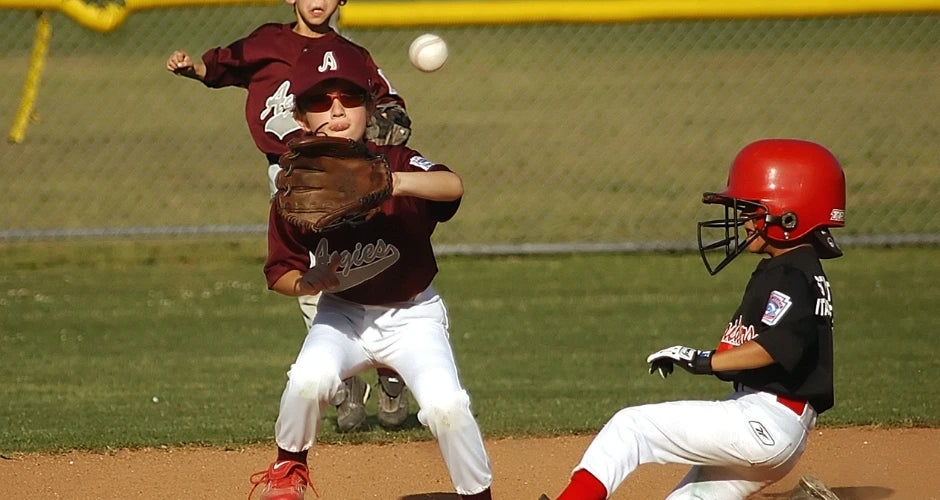Baseball Mode
Little League Mercy Rule: Everything You Should Know
What Is The Mercy Rule In Baseball?
Little League Mercy Rule
Understanding Various Little League Rules
Exploring the 8, 10, and 15-Run Rules
Mercy Rule's Impact on the Game
Advantages:
Disadvantages:
Effects on Game Dynamics and Strategy
Controversies and Debates
Mercy Rule Across Various Levels of Baseball
Is There an MLB Mercy Rule?
Is There A Mercy Rule In College Baseball?
Is There A Mercy Rule In High School Baseball?
What Sports Have A Mercy Rule?
Should The Mercy Rule Exist In Youth Sports?
Is The Mercy Rule A Good Or Bad Thing?
Let's examine why the mercy rule in baseball doesn't spare kids' feelings.
Life Lessons
Final Thoughts On The Mercy Rule
Frequently Asked Questions
Your Brand
Other Brands



